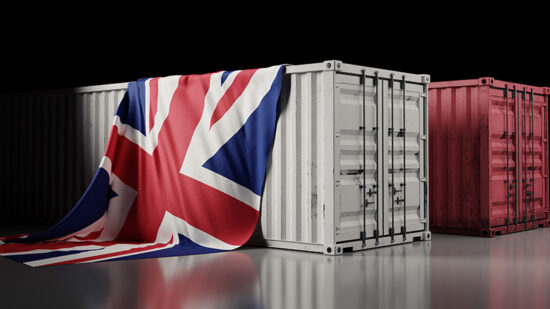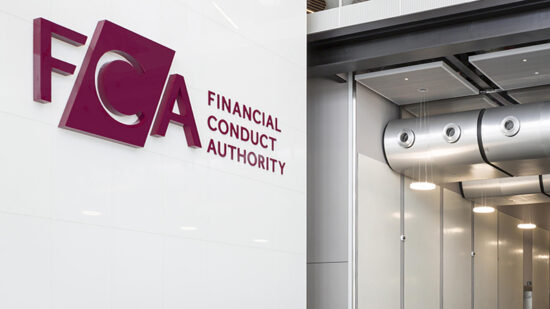The company reported an improved overall margin of 2%, up from 1.4% the previous year, on new life and pensions business.
New business profits were up 61% to £137m, driven in particular by strong performance across its pension propositions.
Intermediary pension volumes were up 37%, thanks in part to auto-enrolment, as well as the strength of Royal London’s individual pensions and drawdown offerings, according to the group.
Royal London Asset Management delivered gross new business inflows of £3.1bn, a slightly lower figure on the previous year’s £3.8bn figure.
Direct to consumer
Consumer new business volumes grew by 385%, from £34m in 2014 to £165m last year.
The company said: “There was strong recognition for the quality, fairness and value for money provided by our core direct-to-consumer products and funeral plan business lines.”
It added “The increase in margin from 1.2% in 2014 to 1.8% in 2015 is largely attributed to a reduction in unit costs resulting from the increase in volumes of business sold.”
Good underlying investment performance and solid inflows saw the group’s funds under management rise by 3% in spite of difficult market conditions, from £82.3bn to £84.5bn.
Platform Ascentric reported gross sales increase from £2.2bn to £2.5bn and assets under administration rose from £8.9bn to £10.1bn.
Strong performance
Phil Loney, group chief executive, said: “Our strategy continues to produce pleasing results and over the last four years Royal London has doubled its life and pension sales and has nearly doubled assets under management.
“The last year saw a record-breaking trading performance which brought with it a healthy increase in operating profit. New business growth was particularly strong with sales of group pensions and income drawdown products going from strength to strength.”








